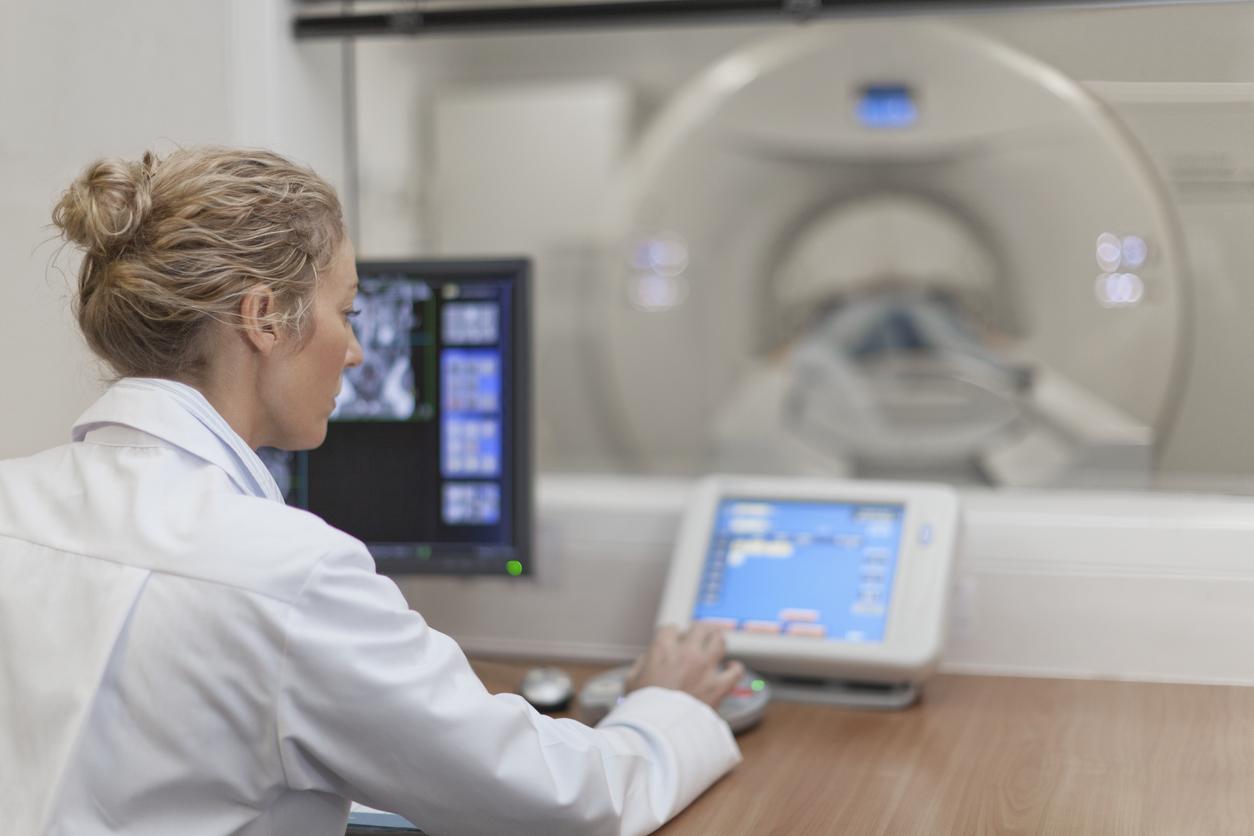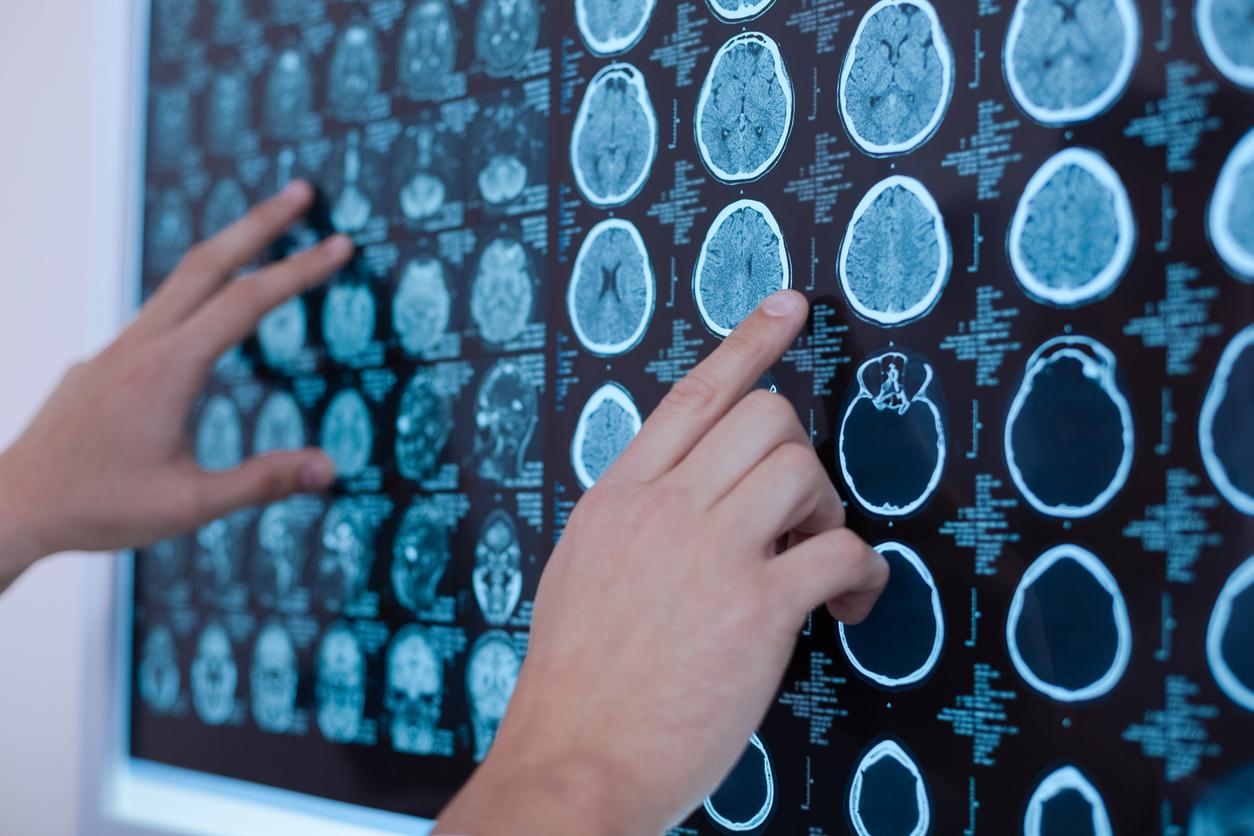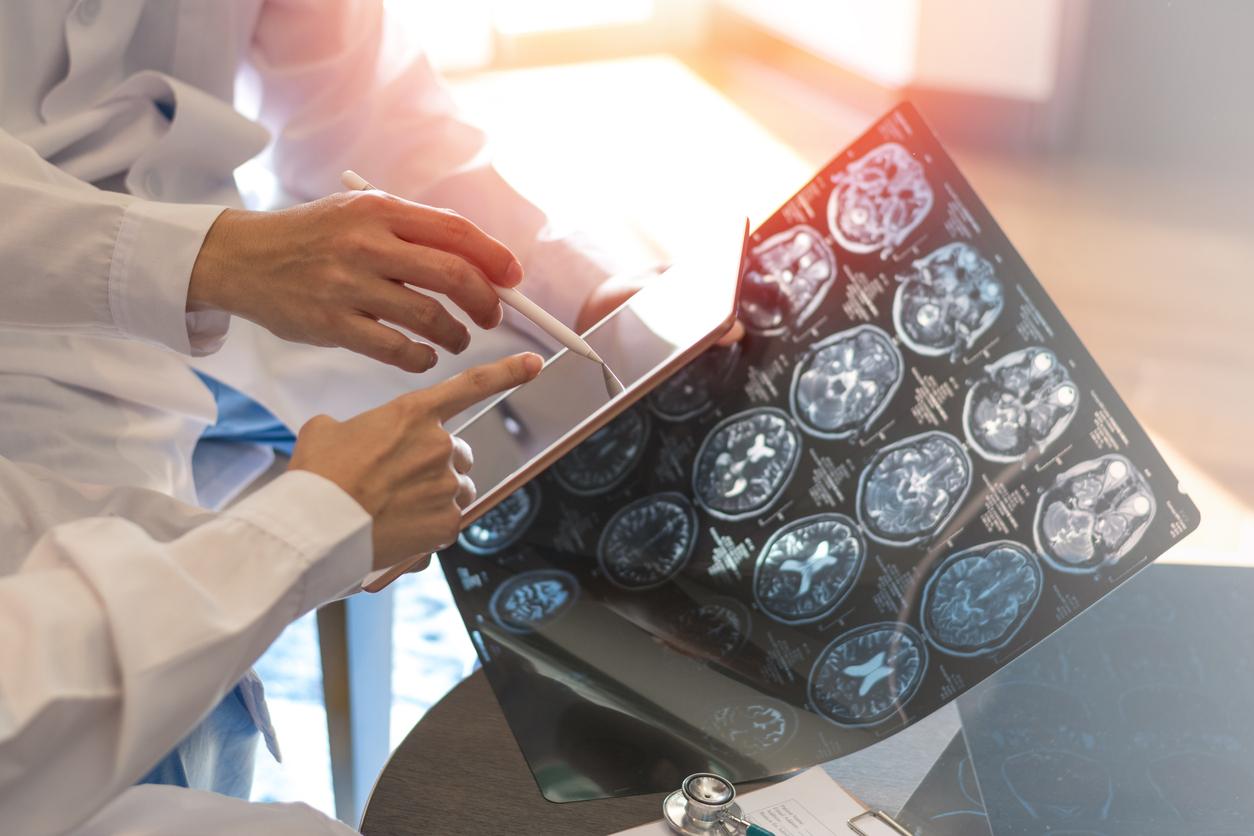Due to the increase in medical examinations, the exposure of the French population to imaging radiation has increased by 6% in five years. Scanners are the most ionizing.

“A moderate increase” is what emerges from the latest “ExPRI” report from the Institute for Radioprotection and Nuclear Safety (IRSN) on the exposure of the French population to ionizing radiation linked to the medical diagnostic procedures performed. in 2012. Published this Monday (and every five years), it analyzes this exposure by imaging modality (conventional radiology, dental, scanner and nuclear medicine), by anatomical region explored, by age and sex of the patient.
According to these figures, 81.8 million diagnostic procedures using ionizing radiation were performed in France in 2012. This is 6% more than in 2007, taking into account the increase in the observed population. at the same time. “If the number of imaging examinations is increasing, it should be remembered that imaging has a very strong positive impact on the quality of patient care”, underline these authors. However, studies have recently demonstrated the small risk of cancer associated with scans taken during childhood and adolescence.
Scanner: 71% of the ionizing dose for 10% of procedures
About 44% of the population benefited from at least one procedure in 2012. The percentage of affected individuals increases with age. Although representing only 10.4% of the number of procedures, CT examinations represent 71.3% of the total dose delivered (compared to 58% of the total dose in 2007).
And on average, medical diagnostic procedures in France lead to an effective dose equal to approximately 1.6 millisievert (mSv) on average per year and per individual. This value is located in the upper third of the average values of the countries of the European Union and is much lower than that of the European country whose population is the most exposed, Belgium (2.7 mSv per year and per inhabitant).
Increase in the number of CT exams
In addition, the average individual effective dose increased by around 20% between 2007 and 2012. This increase is significantly less than that of the previous period (+ 57% between 2002 and 2007). It is mainly explained by an increase of about 12% in the number of examinations per CT scan (a large part exposing the thorax, abdomen and pelvis, i.e. radiosensitive organs that strongly contribute to the effective dose). But also by a better knowledge of the practices and the doses delivered in computed tomography.
Strong progress in dental radiology
In addition, the 2012 data showed, over the period 2007-2012: a doubling of the number of examinations associating positron emission tomography with a CT scan (PET scan), and a decrease of 6% in the number conventional radiology procedures. Finally, the authors of the report note a strong increase in dental radiology procedures (+ 50% between 2002 and 2012).
Finally, in a press release, IRSN recalls that it recently set up a committee of experts in which learned societies, health agencies and the authorities concerned are represented.
“This committee will propose recommendations concerning medical practices using ionizing radiation for diagnostic purposes, in particular the use of scanners, sometimes repeatedly, in young children. The objective of these recommendations is to reduce patient exposure without altering diagnostic performance ”, conclude the authors of the“ ExPRI ”report. The first meeting is scheduled for the end of the year.
.

















